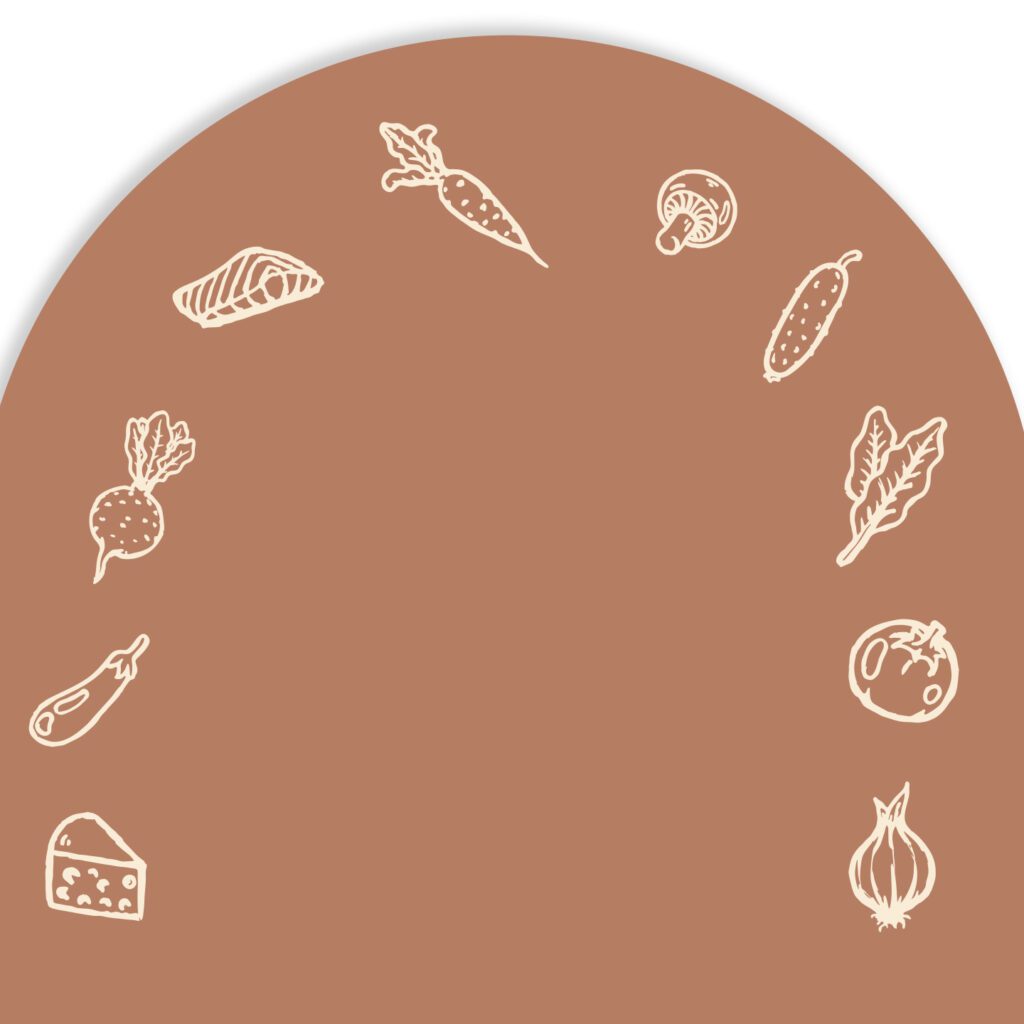Whether due to allergies, accessibility, time constraints, or food preferences, it’s not always easy to eat a balanced diet – which, unfortunately, can lead to nutrient deficiencies. Even if you are meeting your daily quota of fruits and veggies, how do you know for sure that you’re getting enough of the vitamins and minerals you need?
Being able to recognize the signs of a nutrient deficiency can help you adjust your diet accordingly or seek outside help. Here, we’re covering some of the most common signs to watch out for.
1. Fatigue
Fatigue – defined as the constant feeling of tiredness or lack of energy – can be attributed to a number of health problems, making it one of the sneakiest signs of a nutrient deficiency. Yet chronic fatigue should never be ignored! One of the first things to try is upping your iron intake, as iron is a key component in ensuring your red blood cells get enough oxygen. Foods like lean red meat, seafood, legumes, and dark, leafy greens can give your iron levels a boost and help fight fatigue.
2. Changes in Hair Quality


Physical changes, especially to your hair, skin, and nails, can point to nutrient deficiencies as well. If you’re experiencing an increase in hair breakage or thinning, there could be one of several nutrients you’re missing: specifically, folic acid (also known as vitamin B9), vitamins B6 or B12, or iron. Each of these nutrients helps maintain a healthy blood supply that transports oxygen to your hair and scalp.
3. Mood Shifts
If you’re noticing an uptick in mood swings and have ruled out common culprits such as hormone shifts and PMS, a diet low in omega-3 fatty acids could be to blame. Omega-3s play a critical role in building brain cells. To get more of this nutrient, try adding fatty fish – including salmon, trout, and sardines – or nuts and seeds to your plate.
4. Bleeding Gums
While bleeding gums might be a sign of gingivitis, or gum disease, they could be telling you to consume more vitamin C. Research suggests that even a mild vitamin C deficiency can affect your oral health and cause gum bleeding. But don’t fret! Vitamin C can be found in plenty of foods ranging from bell peppers and broccoli to strawberries and citrus fruits.
5. Vision Changes
You’ve probably heard that eating more vitamin A can improve your vision, but did you know that vitamins C and E are also crucial for good eye health? When you are low in these vitamins, you’re missing out on protective antioxidants that work to keep your eyes in tip-top shape – and it could eventually lead to diseases like age-related macular degeneration and cataracts. Mangos contain both vitamin C and E, while nuts, seeds, and certain oils contain the most vitamin E per serving.
6. Muscle Spasms
Muscle spasms and cramps that accompany other symptoms of nutrient deficiency, like fatigue and tingling in the arms, legs, and feet, are usually an indicator that you aren’t getting enough calcium. Calcium plays a huge role in how your muscles function, as well as your blood vessels and some hormones. Dairy is a go-to source of calcium for many, but non-dairy foods such as black beans, leafy greens, and sardines are great sources, too.
7. Bone Pain
Another common deficiency in the United States is vitamin D, which can cause symptoms including muscle pain, muscle weakness, and bone pain. Fortunately, there are two ways to get more vitamin D in your system: diet and increased sun exposure. Vitamin D supplements are also routinely prescribed to help get vitamin D levels in check.
If you’re concerned you may have a nutrient deficiency, talk to your doctor. A quick finger-prick test can assess the levels of different vitamins and minerals in your blood, clueing you in to any deficiencies. Your doctor may recommend a supplement plan, or refer you to a registered dietician to discuss your diet.

